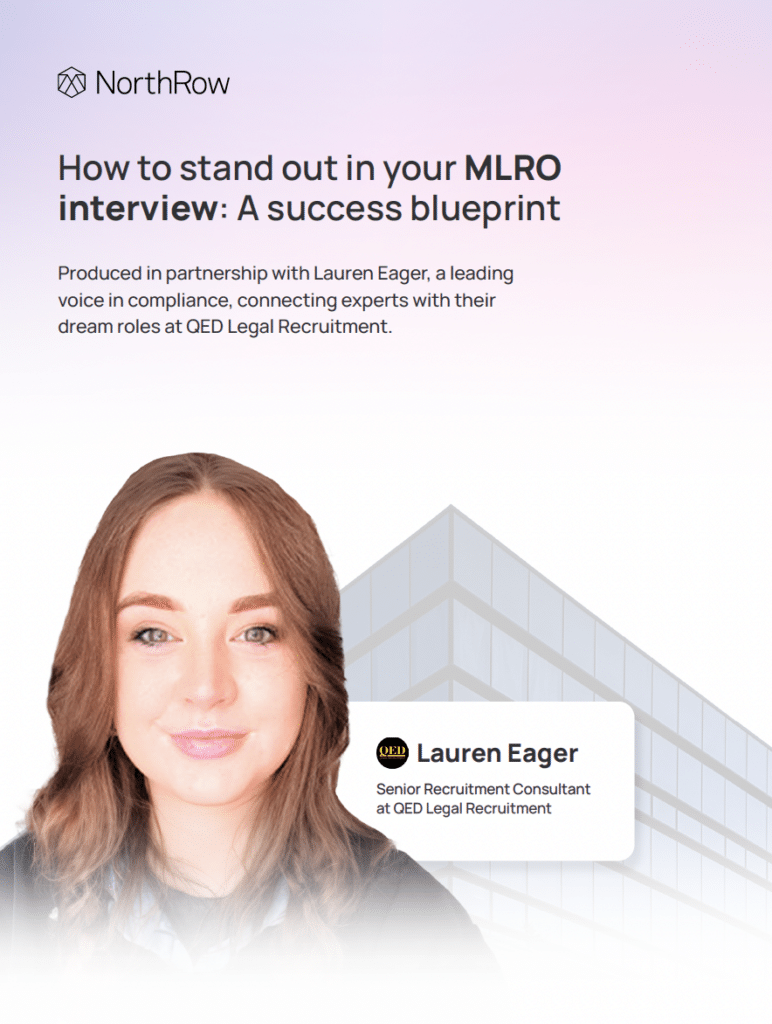As a part of the KYB (Know Your Business) process, identifying and verifying the company directors or UBOs (Ultimate Beneficial Owners) is an important step. Conducting a company director check is an essential part of due diligence when dealing with businesses or considering partnerships.
KYB aims to identify beneficial owners of a business entity to assess the risks associated with potential business relationships. Company directors play a crucial role in shaping a company’s direction, policies, and overall decision-making. Knowing who the directors are provides valuable insights into the individuals responsible for the company’s operations and strategic direction, and their risk of engaging in financial crime.
What is a company director check?
A company director check for AML compliance refers to the process of verifying and assessing the individuals who serve as directors of a company to ensure they are not involved in any activities related to money laundering or other financial crimes. This check is a part of the due diligence procedures that businesses and financial institutions implement to comply with AML regulations. The purpose of a director check for AML compliance is to identify and mitigate the risks associated with potential involvement of company directors in money laundering, fraud, or other illicit financial activities.
How to conduct a company director check
This checklist will outline the standard process of conducting a comprehensive company director check as part of your KYB process.
- Gather company information:
- Obtain the full legal name and registration number of the company.
- Collect any relevant documentation related to the company’s ownership structure.
- Identify registered shareholders and directors:
- Gather information about the registered shareholders and directors of the company.
- Verify their identities through official documents such as passports or national IDs.
- Determine percentage ownership:
- Find out the percentage of shares held by each registered shareholder.
- Calculate the ownership structure to identify significant shareholders.
- Identify Ultimate Beneficial Owner(s):
- Determine who the Ultimate Beneficial Owner(s) are – the individuals who ultimately own or control a significant portion of the company, usually with a certain percentage of ownership (e.g. 25% or more).
- In the case of complex ownership structures, trace the ownership through multiple layers to find the ultimate controlling entity or person.
- Verify director and UBO identities:
- Collect identification documents for each director/UBO.
- Verify their identities through official and credible sources/technology.
- Check for PEPs and sanctions:
- Screen the UBOs and directors against Politically Exposed Persons (PEPs) lists and international sanctions lists to identify any high-risk individuals or entities.
- Assess UBO background and reputation:
- Conduct research on the ultimate beneficial owner(s) to assess their reputation, business history, and any potential harmful media coverage.
- Analyse source of wealth:
- Understand the source of wealth of the director/UBO(s).
- Look for any indications of illicit activities or suspicious financial transactions.
- Review corporate structure:
- Look at the company’s organisational chart to understand its ownership and control relationships.
- Examine director/UBOs affiliations or associations
- Identify any known connections to illicit or high-risk activities, or whether they hold senior positions in other companies, particularly those in high-risk jurisdictions
- Check for beneficial ownership disclosure requirements:
- Verify if the company is compliant with any beneficial ownership disclosure requirements in the relevant jurisdiction.
- Assess director/UBO’s influence on decision-making:
- Understand the extent of the person’s involvement in the company’s decision-making processes.
- Evaluate potential risks:
- Based on the check results, assess any potential risks associated with the business relationship.
- Consider risks related to money laundering, terrorist financing, reputational damage, or regulatory compliance.
- Document the check process:
- Keep thorough and well-documented records of the process and results for audit and compliance purposes.
- Continuous monitoring:
- Remember that information on people can change over time, so consider implementing a system for ongoing monitoring to stay updated on any changes in ownership or control.
- Scheduled reviews and remediation:
- Review and update data held on directors and UBOs based at regular intervals based on their risk profile based on any new information, regulation changes, or emerging risks
Why are these checks important?
Understanding the background and reputation of company directors is essential for assessing the overall risk associated with a business. Directors with a history of involvement in fraudulent activities or unethical behaviour can be indicative of potential risks to the business relationship.
By thoroughly vetting the backgrounds of directors, businesses can ensure that they do not unknowingly engage with individuals associated with criminal or illicit activities. Identifying high-risk individuals early in the onboarding process can prevent financial losses, reputational damage, and potential legal repercussions for the company.
The financial health and credibility of a business are often influenced by the competence and integrity of its directors. Evaluating the track record and financial standing of people in charge can provide insights into the company’s stability. Verifying the identity and background of company directors can help prevent identity fraud and protect businesses from potential scams.
Different jurisdictions have various regulations and requirements for company directors, such as their eligibility criteria and disqualifications. By conducting director checks, businesses can ensure compliance with relevant laws and regulations.
Always ensure that your director and UBO checks comply with applicable laws and regulations, as well as your company’s policies and industry best practices. If you encounter complex ownership structures or face challenges in obtaining information, seek professional assistance or legal advice to ensure a comprehensive UBO check as part of your KYB process.
Download our checklist as a PDF to keep on hand when conducting your next company director check.
Last updated: Thursday 16th November 2023







